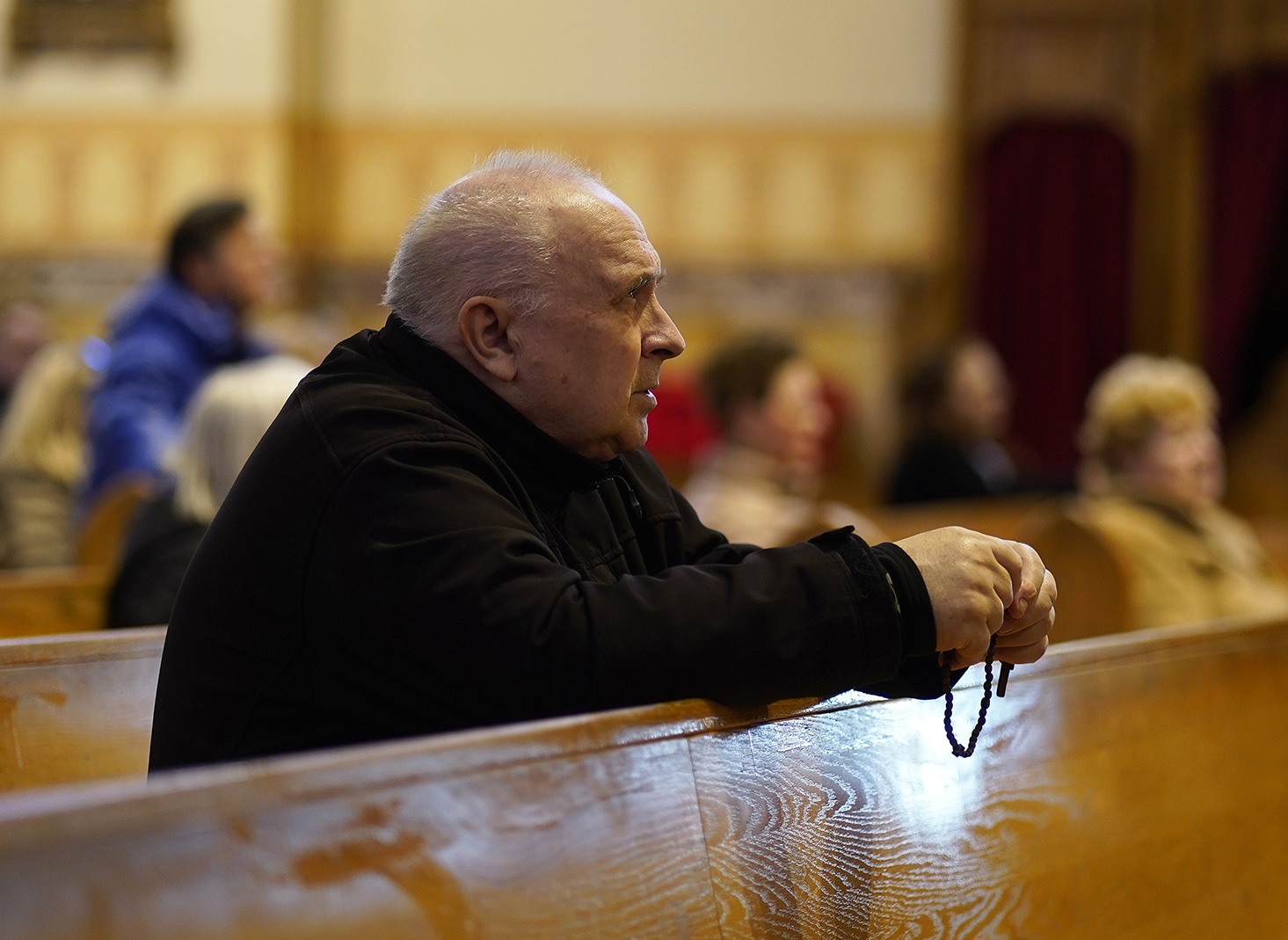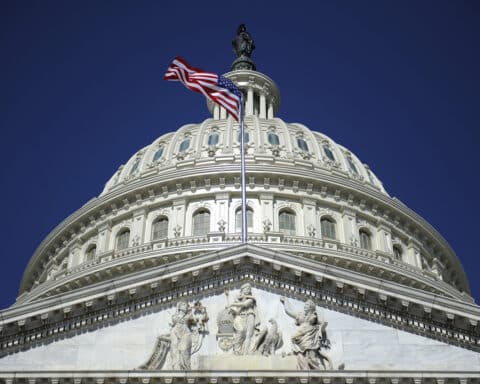Most Catholics experience the crisis of sexual abuse by clergy in relation to headlines, as stories from around the globe or from the local parish where a trusted priest has been removed. Yet the pain of abuse within the Church bleeds somewhere else, in Someone else’s wounds, which are the only place where hope for healing may be found for any of us.
This pain we share began in the instant of abuse, at the nexus where the innocence of children needed to trust the holiness of priests but was betrayed. In my case, the rupture now afflicting the entire Church was inflicted over five decades ago. Like all victims, I emerged grievously harmed, but that was not all. Along with my family, the parish and the whole Church was betrayed. All children of God would find reason to be wary in the house of God.
Betrayal and loss of trust
At the point of rupture, victims often lose any sense of safety in school, church, rectory, home — and faith. After abuse in the Church, victims very seldom trust parents for help. A carefully practiced self-protective withdrawal replaces carefree play with siblings and young friends. The tectonic shock of harm ripples ever further outward by degrees of separation. Extended family, where abusers may enjoy a place of honor, becomes fraught with the threat of further harm. Teachers, including religious sisters, may seem like (or be) an abuser’s allies.
This relational rupture reverberates across time, too. Later in life, long-suffering spouses find they accept an emotional blind spot in the person they married; sometimes it is not until decades have passed that their wife or husband shares about the wound of abuse and a deeper intimacy becomes possible. Children, with their intuitive responsiveness to parents, sometimes respond to the unspoken suffering of a parent in their own behavioral issues, bouts of mental illness, and even suicidal tendencies.
Colleagues and friends lose a similar chance to know the full, wonderful person who has survived abuse and lives hiding behind defenses that guard unresolved pain. Some people stay loyal and bear their own hurt. Some disinvest emotionally and move on. Others are driven away by the unrecovered victim’s impulse to recreate rupture over and over.
Extrapolate this pattern into widening circles of other faith families affected by abuse — the parish, the diocese, the religious order and the whole Church. These spheres are harmed by some degree of separation from the original rupture. In micro and macro-spheres alike, my abuser left a bloody stripe on the very image of God. Our faith shows us the hope found in this scourging as he is lifted on the cross, but the abuse has driven people away from trusting this reality.
Healing and relationships
The Trinitarian notion of God reveals the very nature of God is relationship. It is in this relationship we are safe and drawn to new life apart from the ravages of sin and evil. Yet abuse gave me reason to distrust what the Church told me about God, and the unresolved rupture of abuse within the Church continues to set disaffected Catholics adrift.
Healing individuals and all the relationships harmed by abuse takes the same path, but with the graces of the Holy Spirit bringing new life. Consider how some clergy-abuse survivors, who have received beauty for the ashes of our broken lives, are consciously returning from the arduous journey of recovery with the new life found in relationship with God.
From the bullseye of the rupture, we bring special graces home to the Church. When any victim shifts toward healing, many relationships adjust, because we do not heal alone but in relationship to the world around us. Survivors of clergy abuse return with a unique invitation that often inspires bold responses in hope, but sometimes sparks resistance to change or to truth. Tumult often follows, temporarily, as secrets are exposed and wounds are revealed, but healing begins with hurt, and chaos is not the end point of any work of God.
At the site of rupture, similar graces begin when a priest or religious brother, serving as a proxy for the other side of the wound of clerical abuse, learns how to respond sensitively to the issues with which victims of clergy abuse grapple. His pastoral range expands. He now can offer safe harbor for victims of clergy abuse, but he has also gained effective ways to care pastorally for wounds which parishioners carry into the pews from living in an increasingly violent and sexualized society — and sometimes family.
Here is a tectonic shift of a different type, directly contrary to the spiritual death wrought by abuse, emanating from the point of rupture where so many have seen only disaster and hopelessness.
Embracing the call to healing and evangelization
God’s graces are transforming survivors and priests as you read this, maybe not as fast as one may wish, but in God’s good timing. This healing is happening even while your focus is fixed on surfing headlines, which do not tell the full story you need to know. The light of the Holy Spirit is rippling out from points of rupture long ago and today reaching the wounds that linger in our Church.
Now is a sacred opportunity for you to learn more about abuse and recovery and how the Good News can be offered sensitively and knowledgeably to wounded and skittish people. Now is the evangelical moment when we are surrounded by a world rife with abuse, trauma and sexualized violence. We can reflect the glory of God as — from the darkness of abuse in our Church — we bring our own healing as a credible story of hope for others. This seems to me the only way because, after all, we really are an Easter people, and Hallelujah really is our song.





